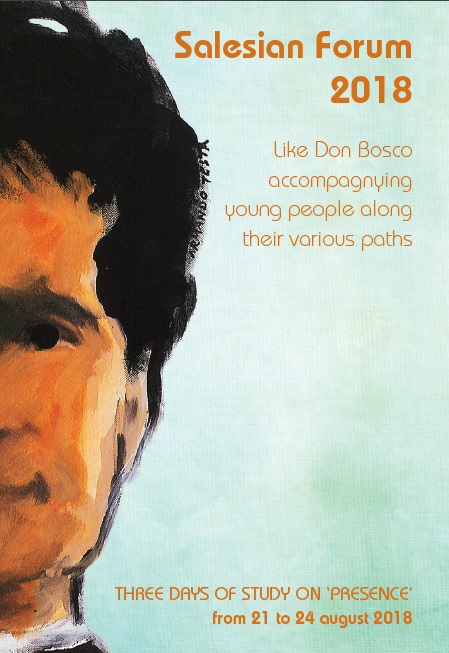A great advocate of the theory of presence is Andries Baart, professor at the Catholic Theological University in Utrecht. In the nineties, he did very detailed research among pastoral workers in poverty areas of a big city. He was interested in the question how the loving and attentive closeness of pastors ‘without a desk, a room or a consultation hour’, functions with people in disadvantaged neighbourhoods.
His research begins with the choice of pastors to be people with a heart for caring. He elaborates the practical aspects of caring under the name of presence. He considers presence as a specific and essential characteristic of caring. Caring proximity is both a condition for and a characteristic of presence. Although the presence theory was developed for pastoral workers, this approach is inspiring for everyone who works with people (from the community police officer, nurse and social worker to the educator and teacher). ‘There is no contact or people-oriented profession conceivable that does not have at least some of the presence approach, and there are hardly any goals conceivable in contact-oriented professions that are not in any way related to the values of the presence approach.’ Professionals recognize the (original) love for their profession in the outlined approach. In this article, we want to investigate what the presence theory can mean for education and assistance. Don Bosco is our discussion partner and companion.
Indice
- Preface
- 1. The core of the presence approach
- 2. Presence and upbringing
- 3. Presence versus intervention in education and assistance
- 4. Exposure as starting point: ‘Go to the pump’
Reference time period: 1884 – 2018
C. Loots, The theory of presence of Andries Baart as a source of inspiration for education and assistance. Don Bosco as discussion partner/companion, 2018.
